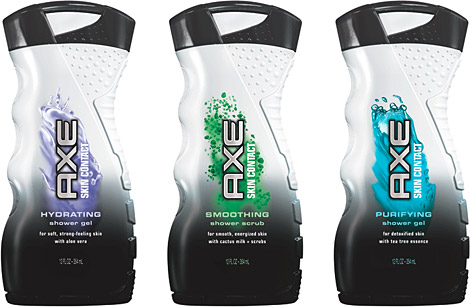Twitter and Consumer Journalism
I love Twitter. When I try to convince friends of its breakthrough nature I often refer to the Iran post-election tweets that broke the story with pictures, video and real-time observations. The morning of revolt, I put my New York Times aside to patina (vb.) and read Tweets in rapt attention for 2 hours straight.
Today, I awoke to helicopters overhead, streets closed and sirens blaring. My wife who rode her bike through town after yoga told me there was a sheet on the sidewalk, which suggests badness. I tweeted. I hag-tagged my towns name. I @signed my local newspaper. Uun-gots.
Newsday.com did break the story, but close to 3 hours later. A women was hit by a car and heli-vaced to a trauma center. (Not sure how she made out, but my thoughts and prayers are with her.) The whole episode got me thinking though about how Twitter can help with stories like this and, perhaps, even assist in police work. As a form of consumer journalism it is certainly fraught with accuracy issues, but is a hella cool medium for real-time info. It will become a news medium, the question is when. Stay tuned. Peace!



 Axe has 7% share of the men’s body wash category and it is the market leader. Old Spice is in second place with 6%. This category is ripe from leadership. As an ad-rat and someone who loves Bartle Bogle Hegarty, I’ve watched with great interest the Axe advertising phenomenon. But here’s the deal, 7% market share? Please.
Axe has 7% share of the men’s body wash category and it is the market leader. Old Spice is in second place with 6%. This category is ripe from leadership. As an ad-rat and someone who loves Bartle Bogle Hegarty, I’ve watched with great interest the Axe advertising phenomenon. But here’s the deal, 7% market share? Please.
